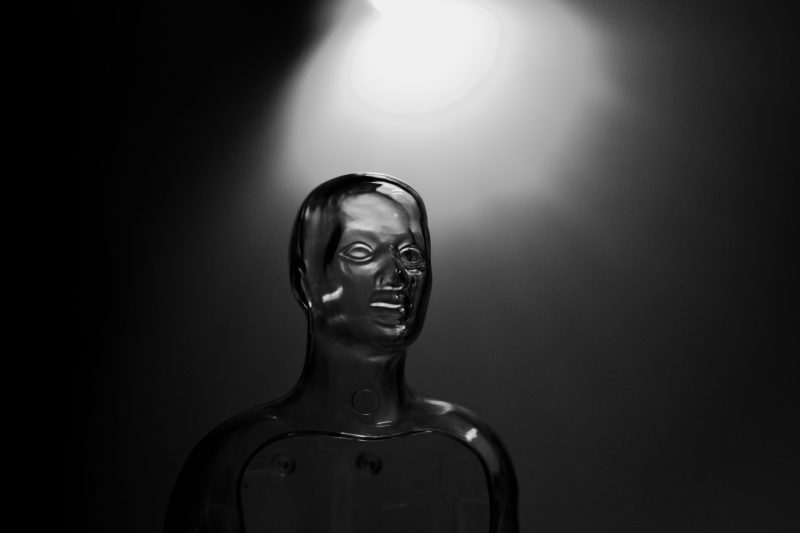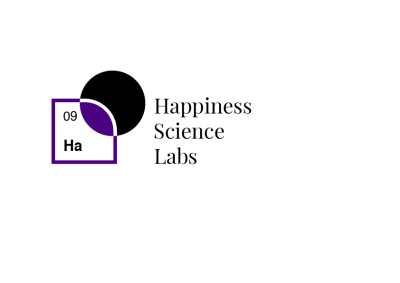Creativity is a fundamental feature of human intelligence and a challenge for Artificial Intelligence. AI-generated ideas may not be considered as creative as human-made ones because they lack the elements of imagination, emotion, context, and meaning that are essential for human creativity.
However, AI is transforming the world of art and creativity in unprecedented ways, from music to painting, poetry to design. On the other hand, AI-generated art may raise ethical, legal, and social issues that need to be addressed, such as plagiarism, authenticity, ownership, and diversity.
This article will discuss what generative AI is and how it affects human creativity and expression, including the risks it imposes on one’s life.
What is Generative AI?
Generative AI, also known as GenAI, is a class of AI that can produce new and original content, such as text, images, music, or code, based on a given input or prompt. In addition, GenAI uses deep learning models to learn from large amounts of data and generate human-like responses that are novel and diverse. Some examples of GenAI are ChatGPT, DALL-E, and Bard, which are developed by OpenAI and Google.
3 Innovative ways AI can boost creativity
Artificial intelligence can help creativity in several ways, according to some researchers and advocates. Here is a summary of some of the main arguments and perspectives on this issue:
Provides new tools and inspiration
AI tools can help artists and creators generate novel and diverse artworks that stimulate human imagination and innovation; they can also help artists explore new possibilities and combinations that they may not have considered or achieved before.
Moreover, AI can expand the diversity and accessibility of artistic expression and consumption by allowing more people to create and enjoy art across cultures and disciplines. For instance, AI can enable collaboration and communication among artists from different backgrounds and fields by translating languages or bridging gaps.
Solves problems and addresses issues
Through artistic interventions, AI can address issues and solve problems. AI systems and algorithms can create artworks that are new and useful, offering new ways of thinking or acting.
Additionally, AI can help artists with hard or tricky problems that need different kinds of knowledge or skills. For example, AI can create artworks that raise awareness or educate people about social or environmental issues; it can provide scaffolding or guidance for human artists to improve their skills or explore new possibilities.
Helps generate ideas
By generating fresh ideas, AI can unlock new levels of creativity in three exciting ways:
- First, AI can produce novel combinations of familiar ideas, leading to unexpected and innovative results.
- Second, AI can explore the potential of conceptual spaces, pushing the boundaries of what’s possible.
- Finally, AI can make transformations that enable the generation of previously impossible ideas.
With these techniques at its disposal, AI is a powerful tool for enhancing creativity and driving innovation. AI can help artists create new and innovative works of art. AI can be used to generate new ideas, explore new styles, and create art that would be impossible for humans to create on their own.
Democratizes art
Another advantage is AI can help to democratize the art world. AI can make it easier for people to create art, regardless of their skill level or resources. This could lead to a more diverse and inclusive art world, as more people would be able to participate in the creative process.
Pitfalls of AI in the creative process
AI can support human creativity by providing new tools, inspiration, insights, and solutions. But, it also comes with some risks, which include:
Reduces human agency and originality
AI can create artworks that resemble or surpass those made by humans in terms of complexity and diversity. But this also means that human artists may lose their control and originality in the creative process, resulting in artworks that are less personal and meaningful.
Creates ethical, legal, and social problems
While AI has the potential to enhance creativity, it also presents ethical, legal, and social challenges. For instance, AI-generated art can raise concerns about plagiarism, authenticity, ownership, and diversity.
For example, an algorithm using deep learning can create a portrait in the style of Rembrandt that appears to be an original work by the Dutch master. However, critics argue that such an algorithm merely replicates an existing style and technique without producing anything new or original. As AI continues to evolve, it’s important to consider its impact on the rights and interests of human artists and creators.
This raised important questions: How can we distinguish between real and fake AI-generated artworks? Who has the rights to AI-generated artwork? Who is liable for the consequences of AI-generated artwork? How can we ensure that AI-generated art does not exclude or oppress certain groups of people?
Inhibits human learning and development
Imagine an AI system that can create artwork beyond human capabilities and expectations. Sounds amazing, right? But what if this AI system also prevents human artists and creators from learning new skills, knowledge, or insights vital for creativity?
What if this AI system also discourages human artists and creators from experimenting with new ideas, methods, or materials that are challenging or risky? Therefore, AI may not be the best friend of human creativity and expression. It may actually impede human learning and development in art.
How to avoid the risks of AI?
To avoid these risks, it’s essential to use generative AI responsibly and ethically. This means being transparent about the use of AI in the creative process and ensuring that AI-generated content respects the rights and interests of human artists and creators. It starts with defining the goals and objectives of your project before using generative AI.
In conclusion
Generative AI is a powerful and disruptive technology that can affect human creativity in both positive and negative ways. By understanding how generative AI works and being mindful of its limitations, you can harness its potential while avoiding its risks. Ultimately, the key to using generative AI effectively is to strike a balance between human creativity and machine-generated content.
Overall, the impact of AI on human creativity is still uncertain. There are both potential dangers and potential benefits to AI-generated art. It is important to carefully consider both sides of the issue before making any judgments about the future of art.
If you would like to see more resources on creativity, check out the Happiness Science Labs. The lab uses the research of the Institute for Life Management Science to produce courses, certifications, podcasts, videos, and other tools. Visit the Happiness Science Labs today.
Photo by Tara Winstead on Pexels


